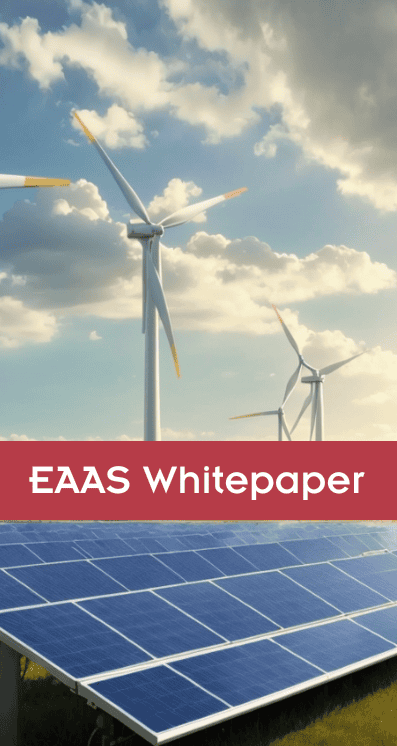Tesla and Texas – The Drive for Energy Reliability

Elon Musk and Tesla appear to be what’s next. After a rough past two years under a nationwide pandemic, Tesla moved its HQ and car manufacturing business to Texas. Under the radar, Tesla built a 100 MW battery storage facility south of Houston as an example to power 20,000 homes during a hot summer day. However, in February, Texas experienced a 100-year event that crippled the state for 4 days and caused billions in damages. Later in August 2021, Tesla filed with the Public Utility (PUC) of Texas to sell retail electricity through its centralized and decentralized storage and delivery system connected with other green energy generators, such as solar and wind. The battery storage will be consuming electricity at off-peak hours and then selling it during a generator failure or on-peak hours making a profit.
In Austin, TX Tesla has plans to build a 250 MW battery facility on its Gigafactory site. What does this mean? The start of a statewide Tesla network of power tied to the grid making the R in ERCOT reliable again? (Feb 18, 2021 — Musk tweeted that the state’s energy agency, the Electric Reliability Council of Texas (ERCOT), “is not earning that R.”).
Tesla plans on being able to support cities and counties with Megawatt Battery facilities offering the power as a retailer to support other generators if another major weather event were to happen. They are also in the process of trialing a decentralized system by using all the residents in an area that have a Tesla Powerwall installed and linking them together to help stabilize the grid, which will allow Tesla to broker the power for the residential customer.
The market continues to evolve quickly, therefore understanding and embracing innovation will be critical for states and companies. Keep an eye on emerging trends by following us on LinkedIn, Twitter, and Facebook.


